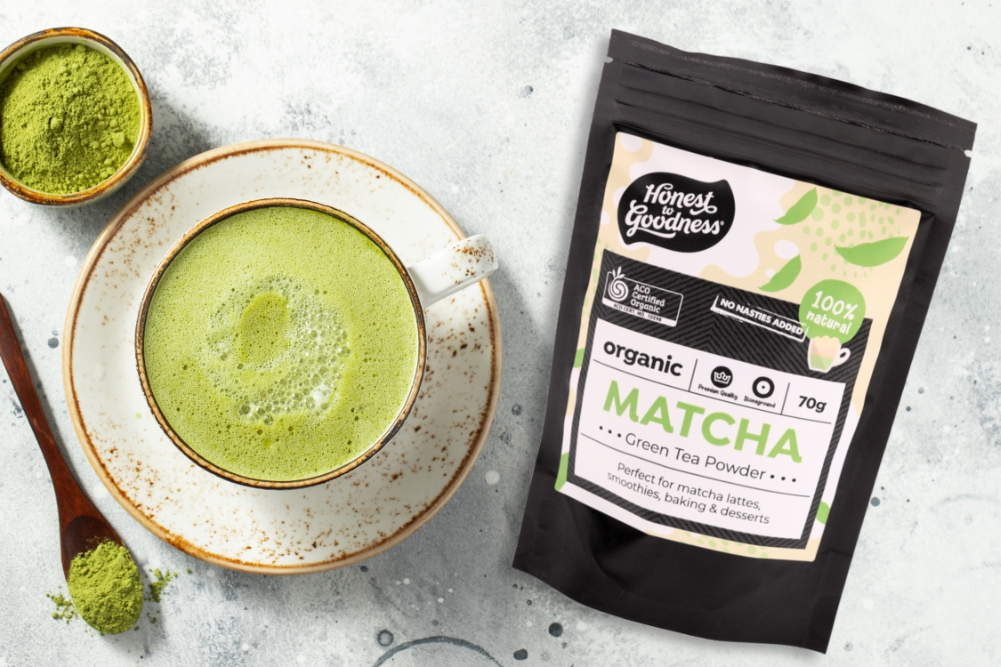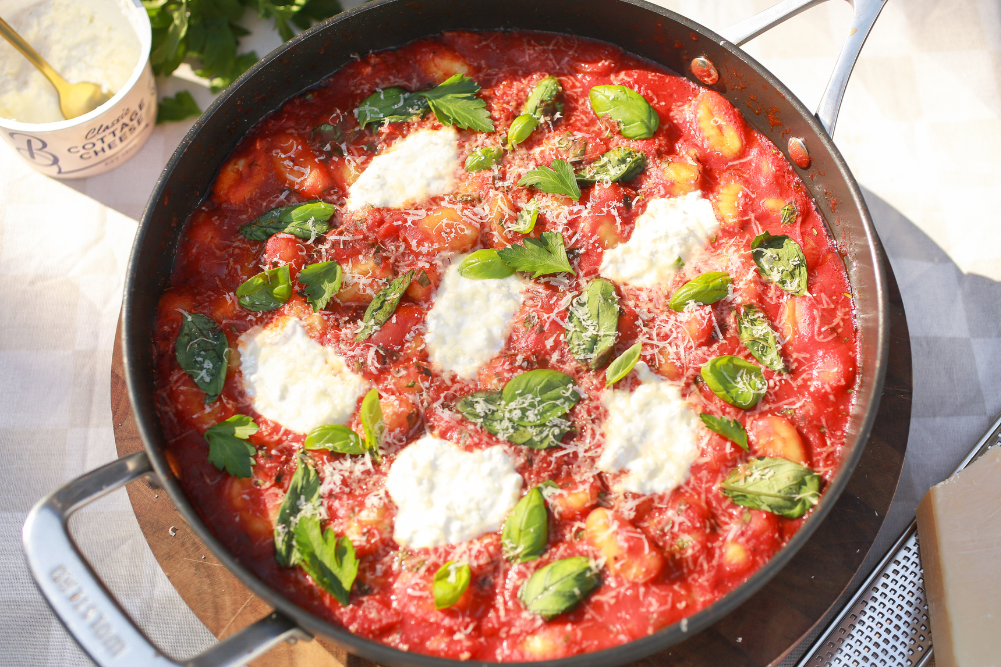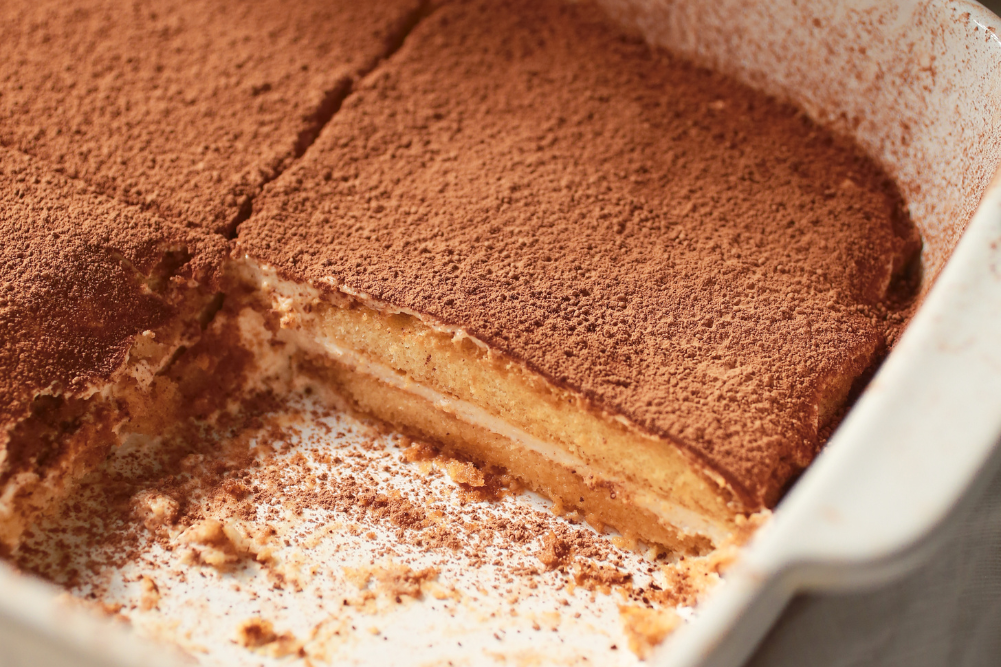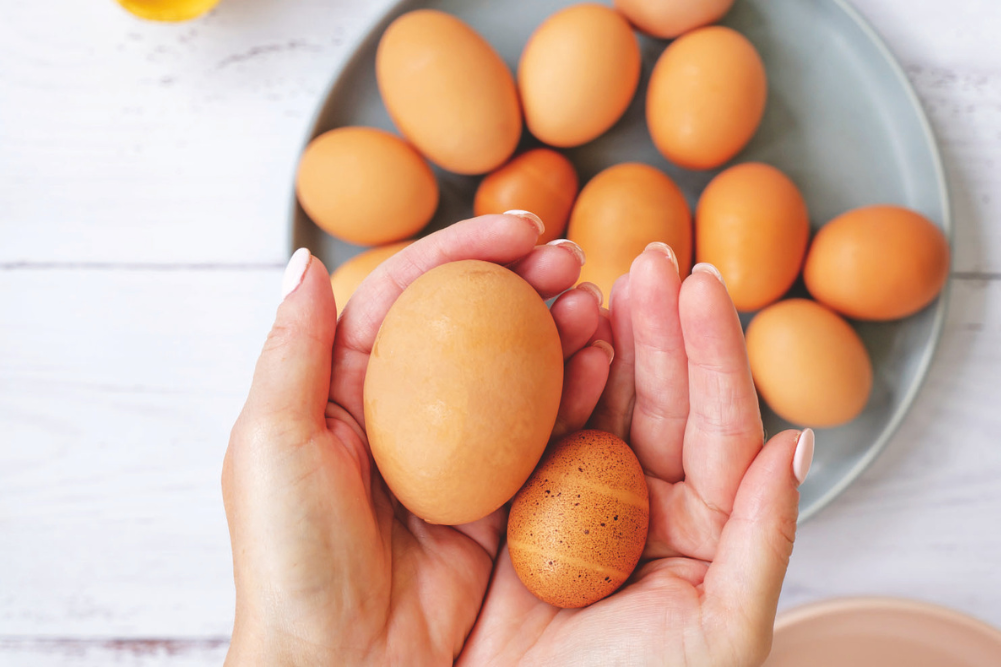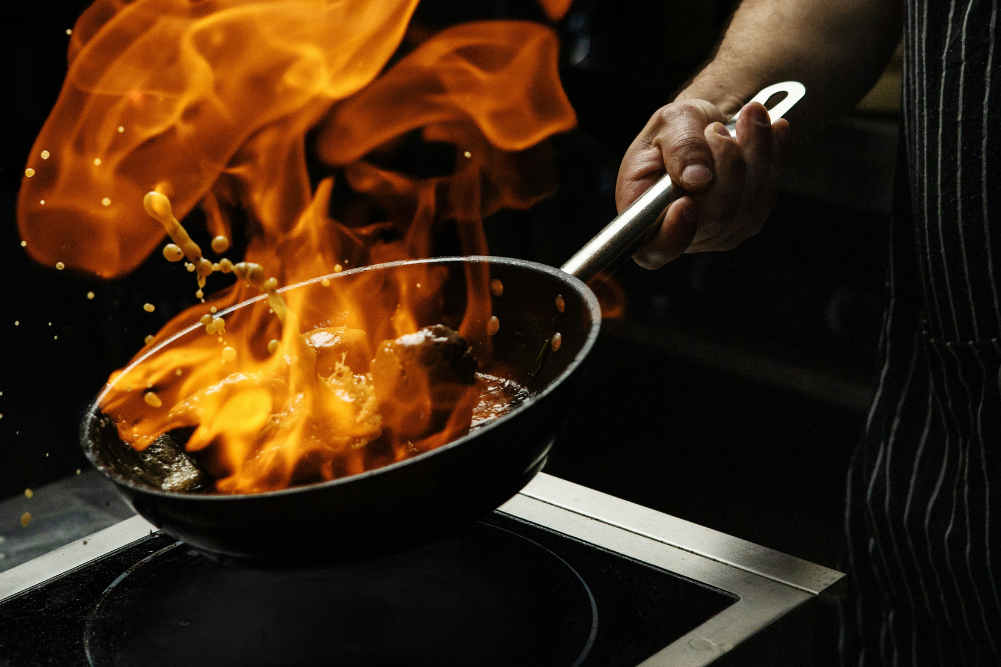Sautéed Brussels Sprouts with Garlic & Balsamic Vinegar
Sautéed Brussels Sprouts with Garlic & Balsamic Vinegar
If you still don’t like Brussels sprouts, label yourself a “supertaster”, the term coined in the 1990s for people who are more sensitive to bitter tastes than others, and give up on them.
Servings
2
Prep time
Cook time
Recipe
Vegetarian,Healthy
Ingredients
- 10 Brussels sprouts
- 1 tbsp ghee
- 1 tsp salt
- 2 cloves garlic, chopped
- 50mL good balsamic vinegar
Method
- Remove outer leaves of Brussels sprouts, cut in half and blanch them.
- Heat ghee in a sauté pan over medium heat and add garlic.
- Place sprouts flat side down and sauté until lightly brown, then turn and sauté the other side, about 4–5 mins each side.
- Transfer to serving dish, pour over balsamic, cover with a plate or lid and allow to infuse for 2–3 mins before serving.
Tried this recipe? Mention @wellbeing_magazine or tag #wbrecipe!



